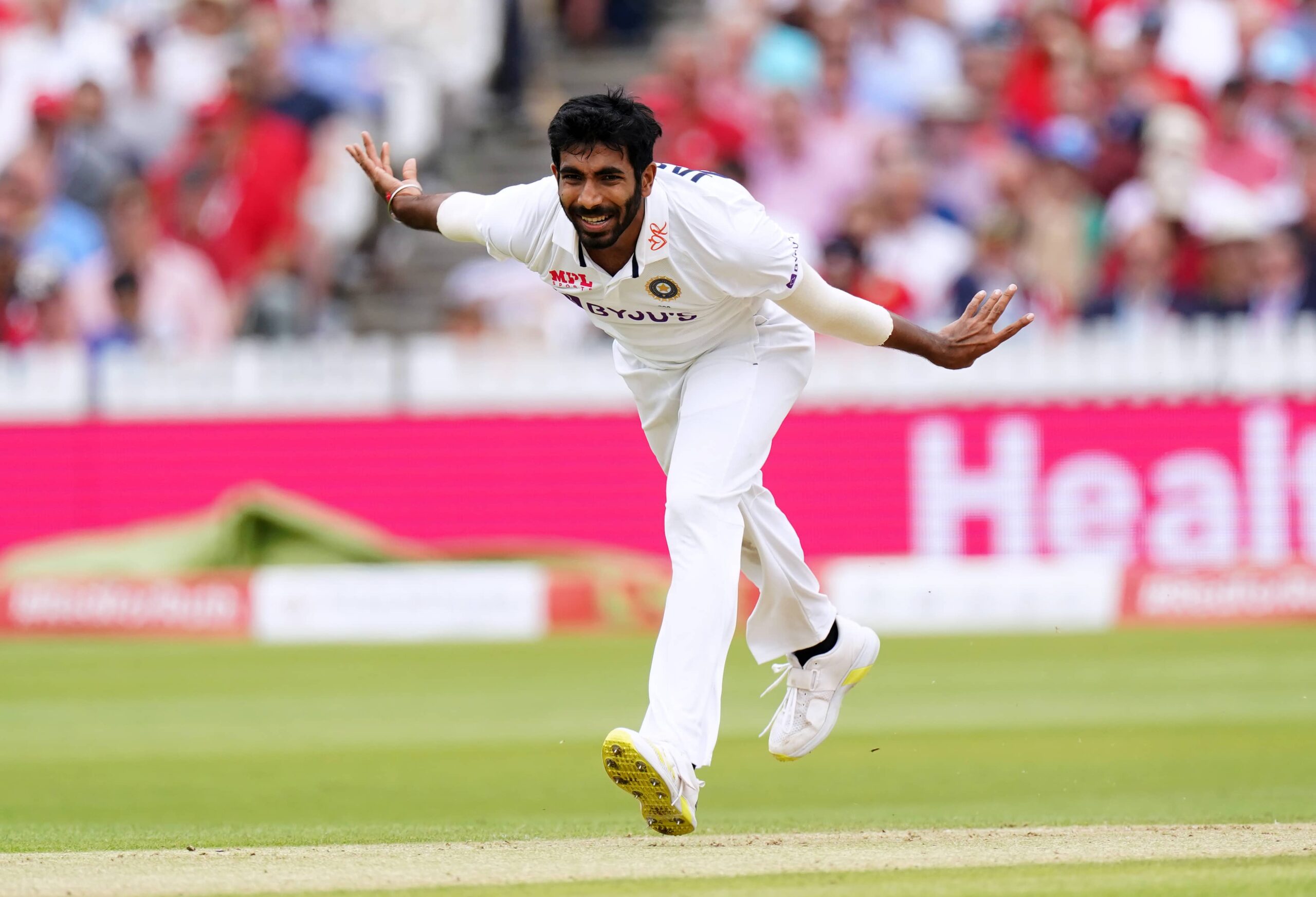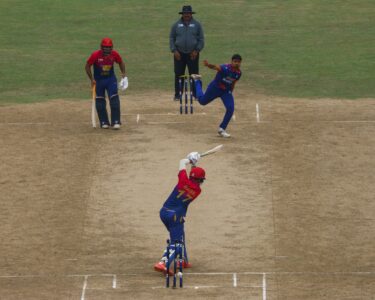India performed nearly as well as they could have given their chosen side. The team with the greater offence won, as it always does. What India must decide, however, is how it will compete. This question looked to have been resolved in recent years. In the current conditions, Indian elevens were generally chosen to take 20 wickets first (whether that meant picking four fast bowlers or three spinners), with batting coming from whatever was left. This decreases the load on their hitters (because there are fewer runs to score), as well as their bowlers.
India has had difficulty throughout the series. They haven’t played enough frightening bowling to match the conditions. This has been a popular option. Most fans, including many past players, believe that runs from number eight are important in terms of competition. The desire to be respected rather than competitive in a sport contested by selections (rather than players signed to teams) has a long history, particularly among the Indian Test team. I believe that if you asked every Indian Test player over the last 50 years, the majority would agree that three all-rounders and three fast bowlers provide a greater balance than four fast bowlers and one all-rounder. Nitish Kumar Reddy presented an elegant proof of concept for this proposition.
Under Gautam Gambhir, it appears that this strategic clarity has been abandoned. India no longer selects four bowlers (regardless of how well they bat) whose primary duty is to take wickets. They are hesitant to select more than three such bowlers because India wants to shore up its batting. However, this raises the following question: if the hitting requires extra aid because it is unskilled or out of form, does the bowling also require extra support? Especially when wickets win games and minimize the number of runs conceded.




